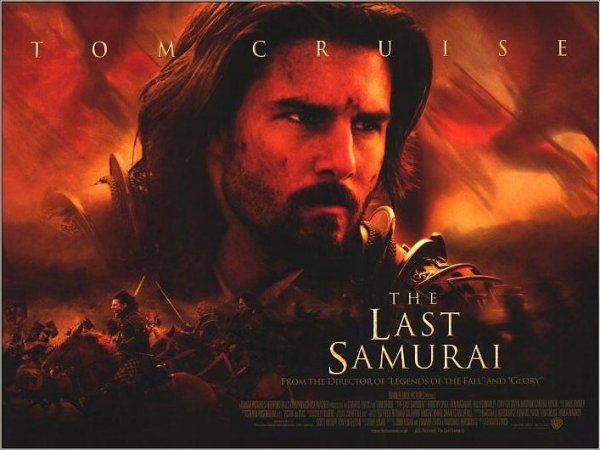The first way that our products work together is through the genre. Throughout each product the one genre that is highlighted throughout is Romance. This is something that we decided to focus on more with the poster rather than the magazine as it would have a greater impact on our target audience of 18-25. It is because of this we chose to aim our poster at females, as women are easier to attract and the themes in our film is something that women would relate to more. Women tend to enjoy Romance films quite a lot, so we made sure that it was something we wanted to highlight in our poster. With the magazine review, we chose not to focus on it as much as it was something that we did not want to highlight. We did slightly although our article focuses more on the company who created the film, we felt that it was something that we wanted to highlight because it felt best with what we wanted to put across to our audience. This was due to the convention that we followed from Prevue magazine. Our film, however, is the product that does not highlight the genre as much as people expected. The main theme throughout the film is loss rather than Romance. Both the test shoot and the final film both highlight the genre quitye well. By adding them with the magazine and poster, our genre is clearly highlighted between all products, the magazine does briefly mention the genre to our film and the poster highlights it greatly. So in terms they all do work quite well.
In terms of narrative our products, the poster works the best. With the poster, we wanted to immediately show that barrier between thw two characters. Which is why we chose to place our actresses on both sides of the poster and have the card a poster in the middle. It creates that barrier between them yet it shows they are united but in some way.
 |
| Film Poster |
The magazine was something that did not focus on the narrative as much. This was because we did not want to give too much of the story away. Also, we had decided that our main focus would be on promoting the newly created film company. We decided that this was best as it challenged a convention of most magazine reviews. We tried to leave our audience on a cliffhanger with the article, so that it would entice the audience to watch our film and maybe take a peek at the poster. With the film, we used the shots and non-digetic sound such as the voice-over and score to relay the story's narrative. This was because with the parts that was happening between the scenes the audience may have got a different view from our film. Before viewing our film, our audience would proabaly have to at least see the poster first to get some idea of what our film would be about. The article is a little background information to our film in terms of the crew. So it does not portray the narrtive as much.
We wanted the audience of our film, poster and magazine to be around a simliar age. This is why our film is targeted at 16-25 year olds while our poster and magazine focuses on 18-25 year olds. We chose to do this as it would help to attract a wider audience. We approached this by creating the poster that advertised the romance side of our poster, where the review focuses slightly more on the film company. This helped in terms of distribution as it shows the audience our film in a more wider variety and a postive light. With the film, it was easier to take a more feminine approach which was shown through the use of the non-digetic sound and the genre as women would most probably relate more to the themes within the film and our products.
The film poster and magazine are important to the marketing as it attracts our audience. It would also begin to spread a word of mouth about our film, which would help to increase our audience. They help to tell your audience to a certain exent, what the film's about. Without them, the number of people who would watch the film would be seriously reduced.











